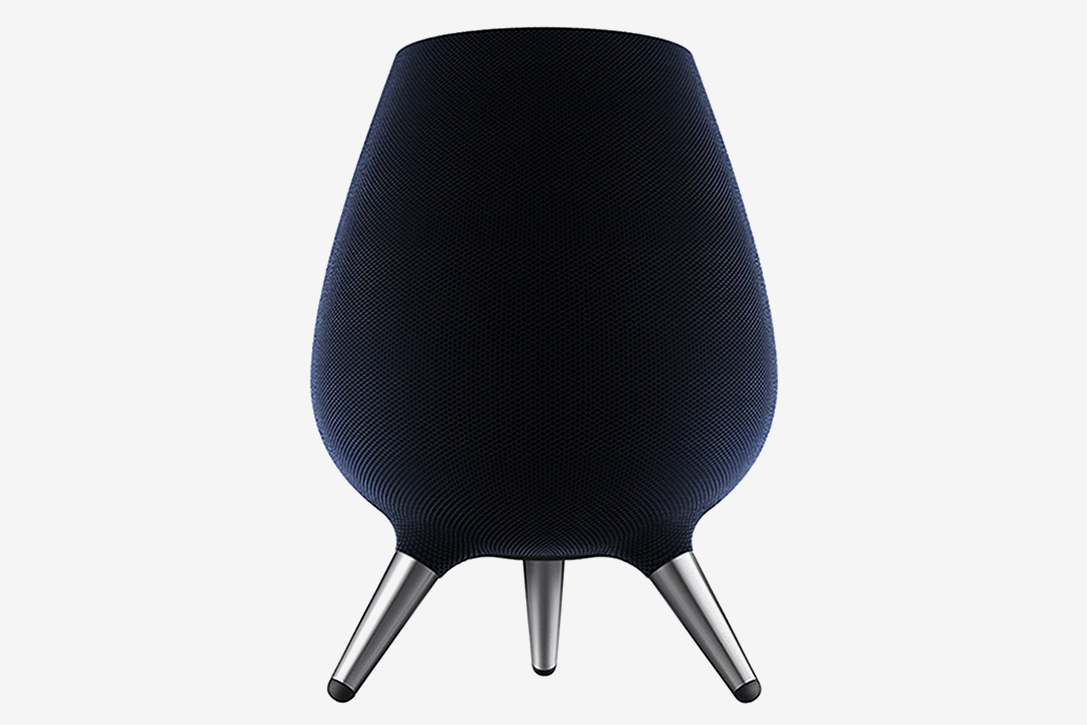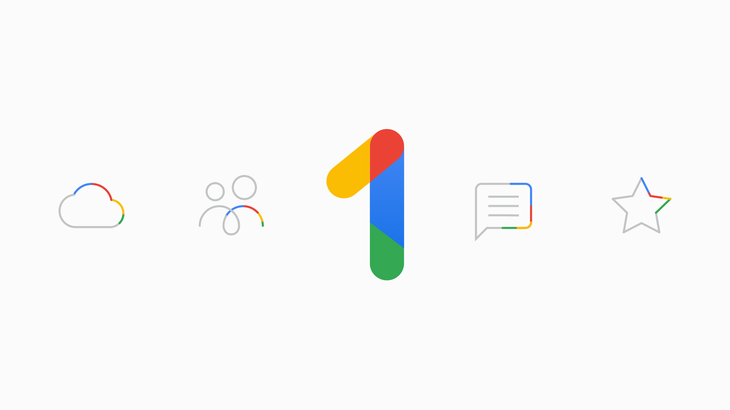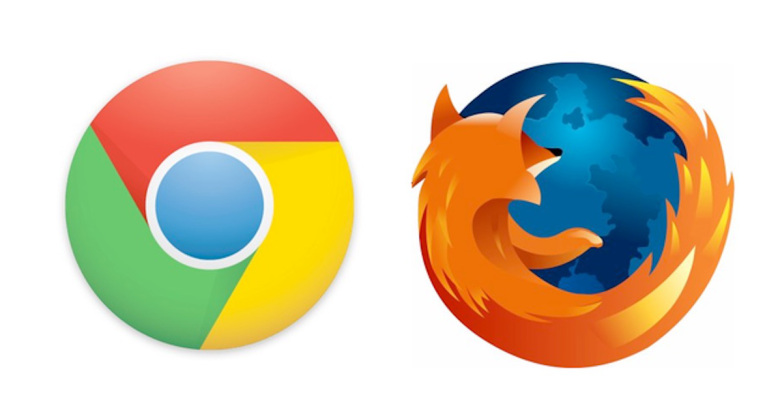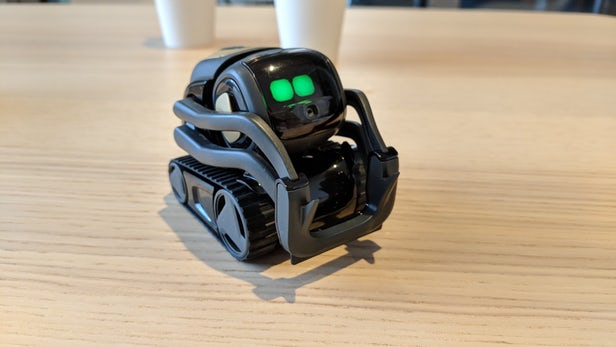Apple’s new “Low Cost” MacBook Launch after 4 Years
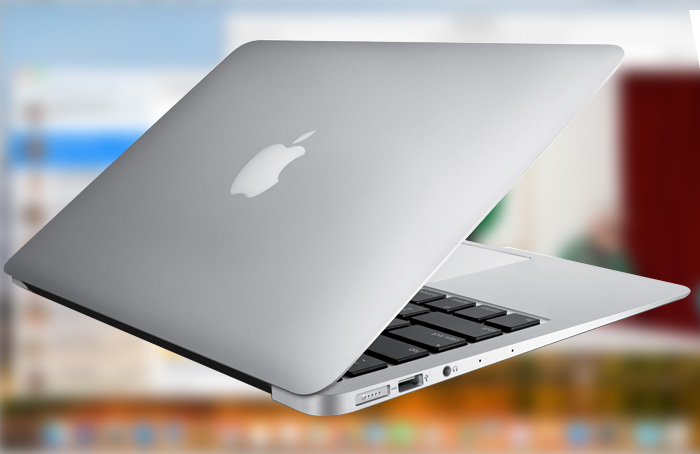
It has been more than three years when Apple had launched its last Mac Book laptop in 2014. Also, the MacBook Air was upgraded with a faster processor last year, remaining the cheapest laptop by Apple. The MacBook Air is the only laptop by Apple, without a high-resolution screen, costing about $1000.
Reportedly, Apple is about to launch a new upgraded version of its MacBook, or it can be the upgraded version of MacBook Air. The launch may be by the end of this year, with the launch of other Apple products including the new iPhones and iPad.
Last year the MacBook sale went down by a large scale as the upgraded MacBook cost higher and could not meet the professional needs of the consumers. Since 2010, it sold the fewest number of its MacBooks in a quarter this year. The other companies like Lenovo and Acer also launched high-end laptops that attracted the customers with their new features.
By looking at the reduced sale of the MacBooks and desktop computers, last year, MacBook was planning to launch the new MacBook at the beginning of the year but got delayed. Later, it was set for June and July of this year, but again due to some production issues, the launch is now delayed for October 2018.
The new Apple laptop is going to be similar to the MacBook Air, but, added with a high-resolution, Retina-version display. The screen will be about 13 inches and will include thinner bezels around it. It will including the 14nm Kaby lake processors from Intel. The new MacBook is expected to be cheaper, that may result in the reduced storage for the basic models, up to 128 GB SSD reduced from 256 GB.
Apple considers its laptop and computer lineup as an important part of their company and will continue its production and sale. For now, Apple has not declared anything officially. But the trusting the sources, we can expect the launch of new MacBook by the fall of this year.

Yashica is a Software Engineer turned Content Writer, who loves to write on social causes and expertise in writing technical stuff. She loves to watch movies and explore new places. She believes that you need to live once before you die. So experimenting with her life and career choices, she is trying to live her life to the fullest.
